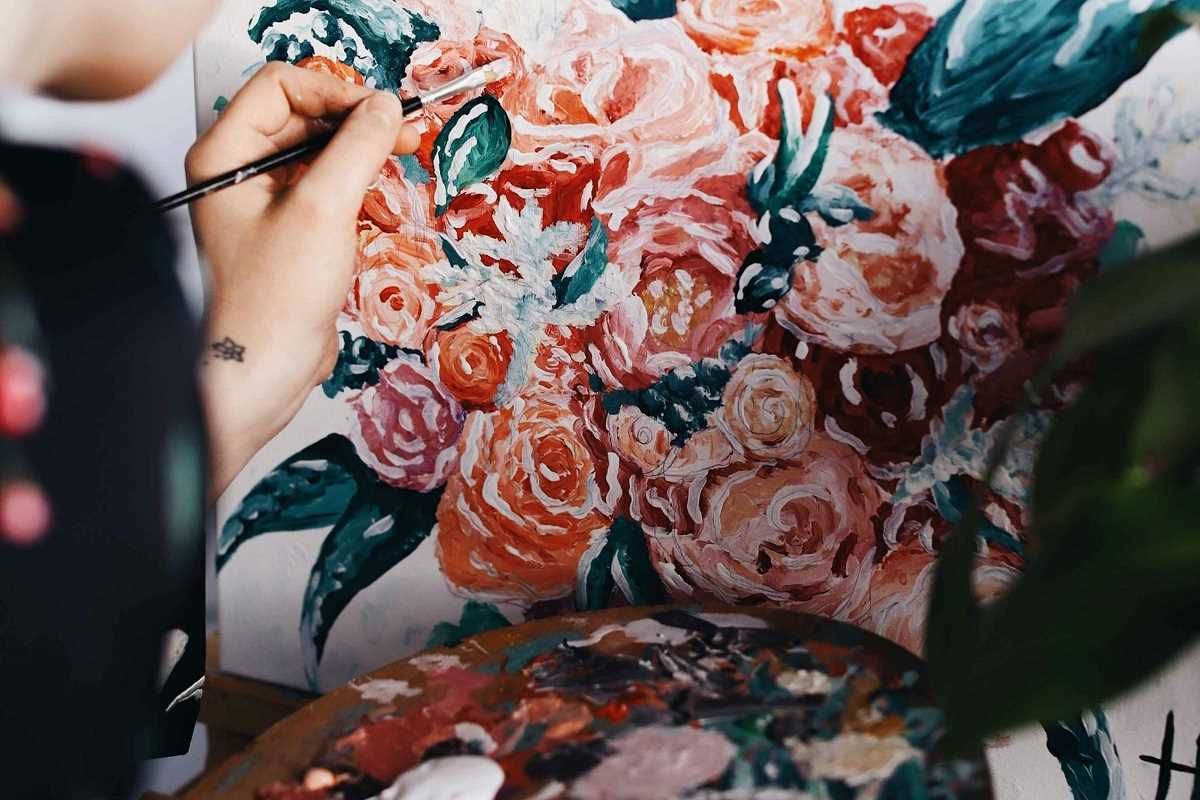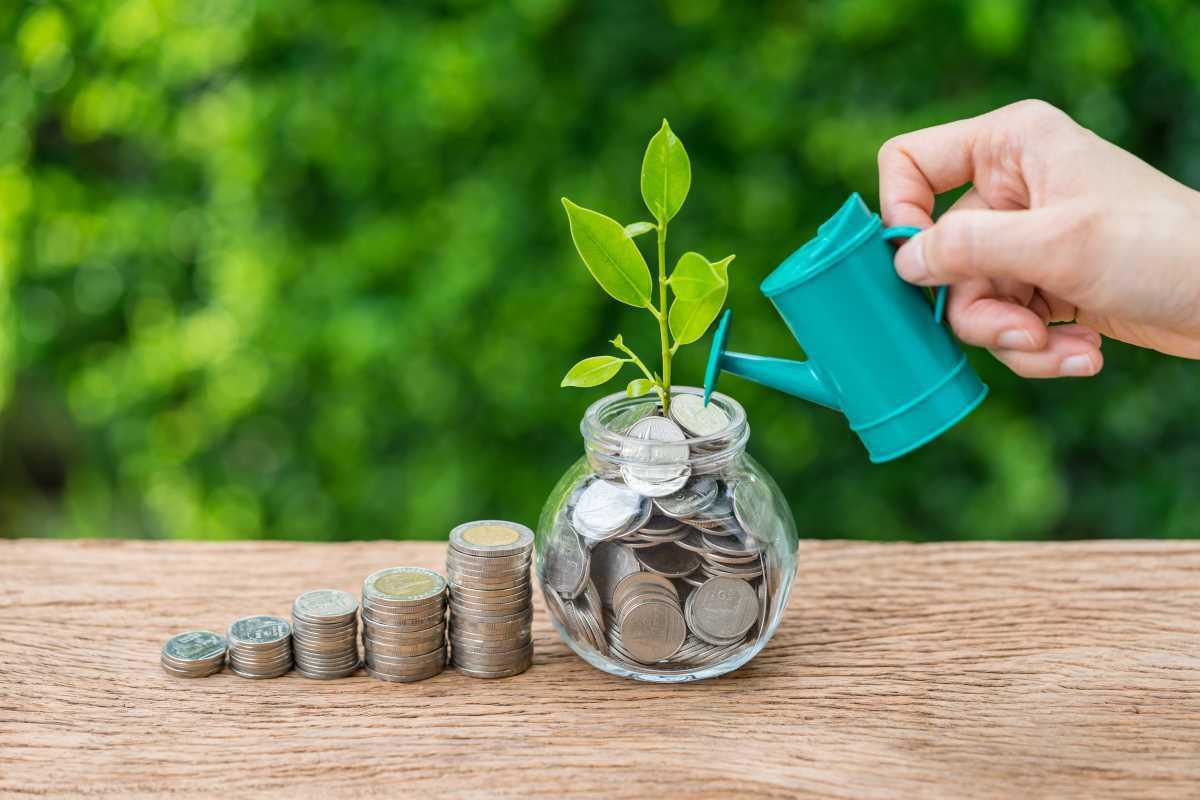Investing isn’t just about stocks and bonds anymore. Today, people are turning to unique assets like art and creative collectibles as new ways to grow wealth. These alternative investments allow individuals to combine financial goals with passion, making them especially appealing to those who value culture and aesthetics. Unlike traditional investments, art offers tangible rewards, yet it isn’t without risks. Fine art, digital pieces like NFTs, and collectibles are drawing attention for their potential returns, but are they practical for the everyday investor? And how do they compare to traditional assets? Here’s an updated and accurate guide for personal finance enthusiasts eager to explore this intriguing, evolving market.
Why Art and Creativity Are Attracting Investors
Art as an investment has grown in popularity for several reasons, but it’s important to understand the nuances.
Potential Hedge Against Volatility
Art has a reputation for being a hedge against market risks, as its value doesn’t closely correlate with stock performance. This isn’t always guaranteed, however. Studies show that the art market’s stability varies and can be influenced by economic conditions, making it a less predictable buffer compared to other alternatives like gold or real estate.
Expansion Into Digital Assets
The advent of blockchain has brought digital art, particularly NFTs (non-fungible tokens), into the spotlight. These unique digital pieces are tied to blockchain technology, which offers proof of ownership. While NFTs can appreciate, they also represent a highly speculative market. Recent cooling since the surge of 2021 underscores the uncertainty in long-term value.
Limited Supply, Cultural Appeal
High-quality artwork, especially by prominent or deceased artists, tends to have a limited supply, which can drive demand. Works like those of Picasso or Warhol often command high prices due to their scarcity and prestige. Market trends and shifting cultural interest can influence demand unpredictably, though.
How Art and Creative Assets Compare to Traditional Investments
When comparing art to traditional investments, it’s clear that art functions differently. Stocks and bonds are tied to corporate or economic performance, while art’s value is shaped by more subjective factors like rarity, historical significance, and aesthetic appeal. Some investors enjoy admiring their assets, but that “emotional dividend” doesn’t offset the risks.
Here are the main differences:
- Illiquidity: Art is not as liquid as traditional assets. Selling a painting or collectible can be a lengthy process, dependent on finding the right buyer at the right time.
- Costs: Art investments come with other challenges, such as high storage and insurance costs. Pieces need to be preserved properly to maintain their value, which can add significant overhead.
- Tax Incentives: Art does offer some tax advantages. For instance, the UK’s Acceptance-in-Lieu scheme or cultural gifts programs in countries like the U.S. allow artworks transferred to public collections to provide tax relief. It's important to note that these benefits require professional guidance to leverage fully.
Examples of Art and Creative Assets
There’s a broad spectrum of opportunities for those interested in creative investments:
Fine Art
This includes traditional paintings, drawings, and sculptures. Masterpieces by artists like Monet or Van Gogh can fetch millions, but works by emerging artists might provide a more budget-friendly entry point.
Digital Art and NFTs
Digital assets like NFTs gained enormous popularity in 2021, with pieces like Beeple’s “Everydays” selling for $69 million. Unfortunately, the NFT market has cooled since, and its speculative nature means caution is vital for potential investors.
Collectibles
Items like rare comic books, vintage sports cards, and luxury sneakers have grown as investment categories. For example, a first-edition Pokémon card can sell for hundreds of thousands of dollars.
Photography and Prints
Limited-edition prints and iconic photographs are accessible starting points for beginners. They allow new collectors to engage without the financial commitment of original artworks.
How to Start Investing in Art and Creative Assets
Art and creative investments require a methodical approach. If you’re considering this path, here are some concrete steps to get started:
1. Set a Clear Budget
Decide how much you’re willing to invest. Remember that art often takes time to appreciate and is less liquid, so avoid allocating funds you might need in the short term.
2. Research Extensively
Learn about your area of focus, whether it’s fine art, NFTs, or collectibles. Books, forums, and auction house reports can offer invaluable insights into market trends and reputable dealers.
3. Start Modestly
Begin with smaller investments, such as works by emerging artists or non-premium items like limited-edition prints. This limits your financial exposure while you gain experience.
4. Leverage Trusted Platforms
Use reliable marketplaces such as Sotheby’s, Christie’s, or OpenSea for NFTs. Verify authenticity and provenance before purchasing to avoid counterfeits or scams.
5. Consider Professional Help
Financial advisors or art brokers specializing in alternative investments can guide you on what to buy and when to sell, so you can get the most return with the least amount of risk.
6. Plan for Maintenance Costs
For physical artworks, prepare for expenses like conservation, storage, and insurance. For NFTs, research secure digital wallets to protect your assets.
Risks and Rewards of Creative Investments
Art and creativity may hold significant financial potential, but it’s crucial to weigh the risks. While certain pieces can generate outsized returns, not all artworks increase in value. Markets for cutting-edge trends like NFTs can be volatile, and the lack of consistent performance history makes predicting long-term success difficult.
Investors must also consider the subjective nature of art’s value. What’s desirable now may lose appeal, impacting the market price. High costs related to transactions, storage, and restoration can eat into potential profits.
That said, the rewards can be remarkable, especially when combined with personal enjoyment. Over time, well-researched works by established artists or valuable collectibles often demonstrate resilience, making them a complement to a diversified portfolio.
Tips for Beginners
To wrap up, here are some final tips for anyone looking to explore art as an investment:
Focus on Diversity
just like with stocks, spreading your investments across different types of art or creative assets can help lower your risk.
Trust But Verify
Always authenticate pieces, whether buying a painting from an auction or an NFT from a digital marketplace.
Connect With Experts
Develop relationships with galleries, brokers, or collectors for insights and opportunities.
Invest in What You Love
Choose pieces you personally enjoy. Even if they don’t skyrocket in value, they’ll hold meaning for you in other ways.
Art and creative investments bring a unique combination of culture and financial opportunity. By staying informed, planning carefully, and taking a long-term view, you can enjoy the potential rewards of this exciting alternative asset class.
 (Image via
(Image via





